Introduction to Kopi Luwak characteristics of authentic Wild Kopi Luwak in Sumatra, Indonesia
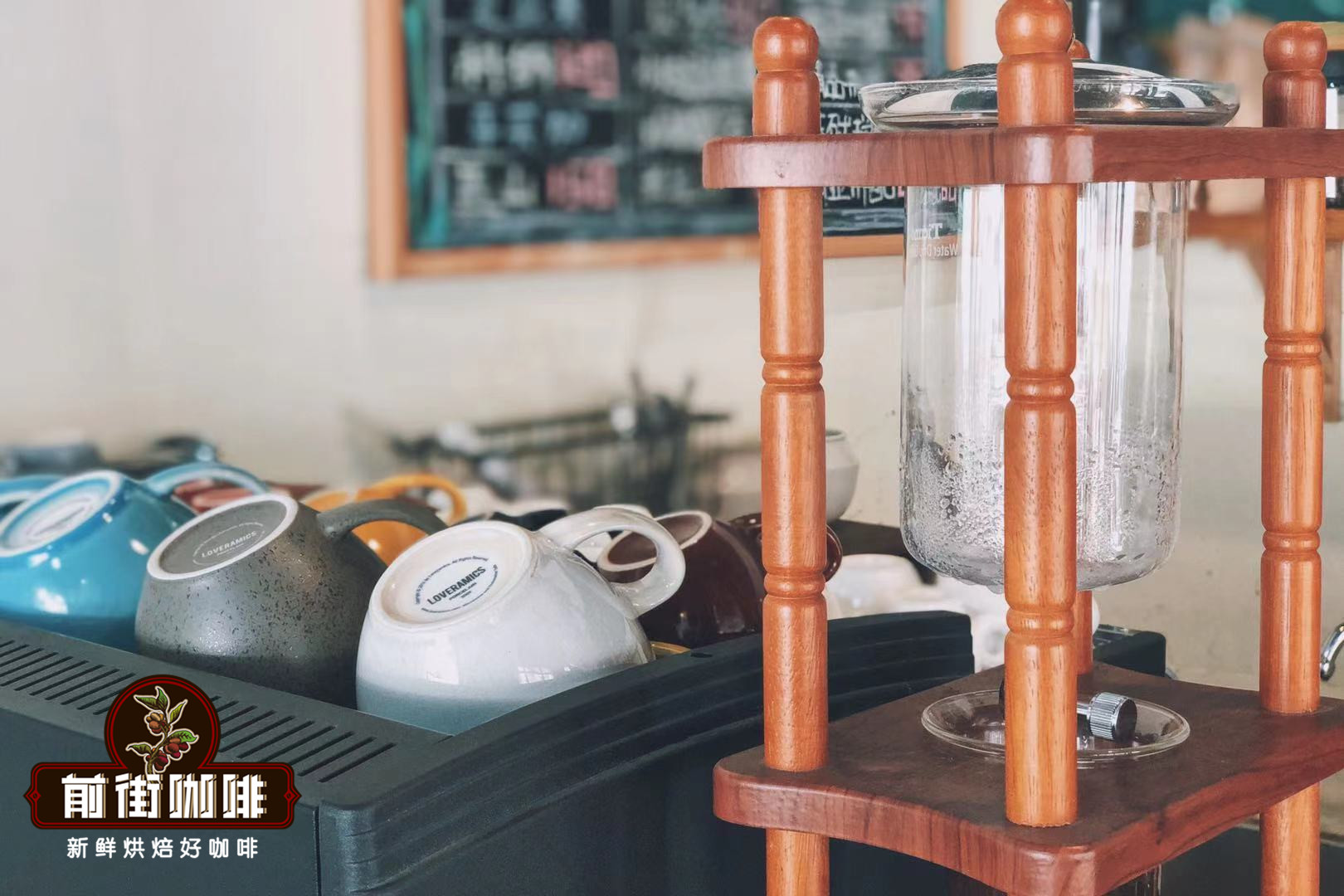
Coffee knowledge exchange more information about coffee beans please follow the coffee workshop (Wechat official account cafe_style)
Coffee drinkers probably know that "Jamaica Blue Mountain Coffee (Jamaican Blue Mountain Coffee)" is the best coffee, but do you know what is the most expensive coffee in the world? The most expensive coffee in the world is "Kopi Luwak" (Indonesian civet coffee), which is rare. The retail price of "Kopi Luwak" coffee beans rises at least US $600 a pound, which can be called Rolls-Royce in coffee. Civet coffee Kopi Luwak (also known as Kopi Luwak) its annual production is limited, so Kopi Luwak has become the darling of the rich circle, the first try Kopi Luwak coffee will have a special herbal flavor, mellow thickness.
History-the greed of European powers and the discovery of farmers
Historically, why would someone look for coffee from feces? This is puzzling, but through historical records, we have found the reasons and the people who made these discoveries.
In the era of navigation, European powers wanted to acquire more land all over the world. Taiwan was once an island colonized by the Dutch and Spaniards, while Indonesia, an island of civets, was also occupied by the Dutch. It even set up the so-called "East India Company" at that time, which was a government agency with great power.
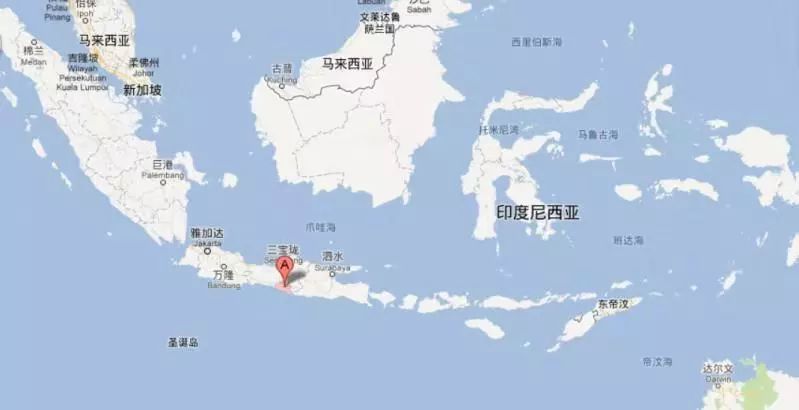
Under the threat of force, Indonesian farmers became cheap labor for the Dutch, growing spices in the early stage, and coffee in the middle and later. Indonesian crops in the tropics were very popular in Europe, so the Netherlands earned a lot of money. In the age of navigation, which country did not treat the local people in this way? Many European countries laid a certain foundation at that time. Up to now, they may only know that their ancestors have gained prestige all over the world, and they have to rely on their leadership.
On the other hand, farmers have never drank coffee grown by themselves, and this problem still exists today. at that time, farmers did not dare to pick crops without authorization, but they would be severely punished, but their curiosity would not stop. When some people find coffee beans left in the feces of civets, they find them delicious after treatment. It seems that they can understand why the Western world loves coffee so much, even the ones picked up from animal droppings are so delicious.
The good times are not very long, and after the Dutch know about this, collecting civet coffee has become one of the new jobs, and I can no longer drink that special taste of coffee.
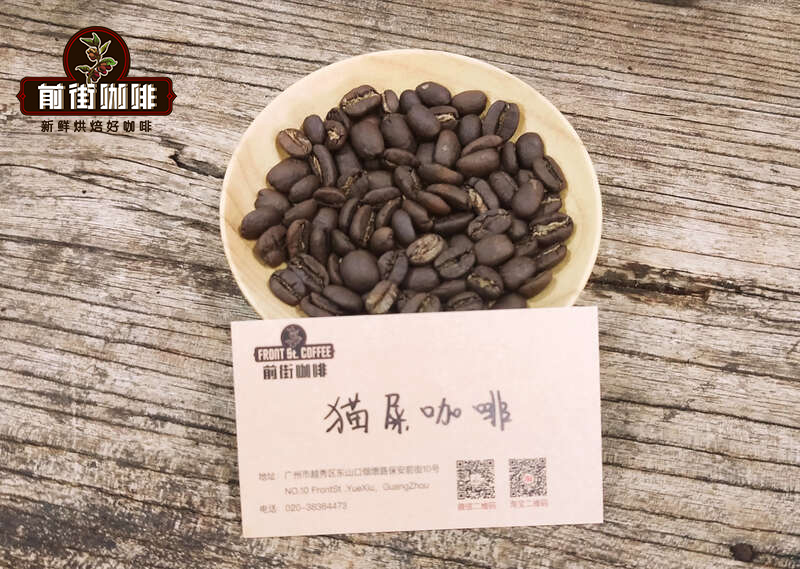
Source of beans: wild or farmed?
It's all for a luxury, and it's a second-rate one. Experts say the peculiarity of civet coffee is that wild civets choose carefully when they eat coffee fruit, but keeping them in a cage and feeding casual coffee fruit will not produce much better products.
In addition, a coffee expert said in an article by the American Fine Coffee Association (Specialty Coffee Association of America) that civet coffee was not so good either: although the civet's digestion does make the coffee more palatable, it also removes good acidity and flavor, which are the characteristics of fine coffee.
At present, there is no way to tell whether the civets coffee beans come from wild or captive civets. BBC conducted a secret survey in 2013 and found that some of the coffee billed as wild civets in Europe came from captive civets that were treated inhumanely.
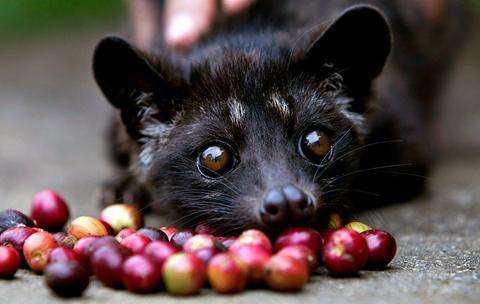
Even Tony Wild, a coffee trader that introduced civet coffee to the West, argued in an article in the Guardian that civet coffee should not be drunk. He said that the coffee has become more and more industrial production, but also become more abusive to animals, often fakes. Today, there is no certification mechanism to prove that "wild" coffee is really wild; in addition, other coffee certification bodies ensure reliable coffee cultivation and production, but they also refuse to certify civet coffee.
The Rainforest Association (Rainforest Alliance) in New York and other well-known coffee certification bodies issue certification marks based on the standards of the Sustainable Agriculture Network (Sustainable Agriculture Network;, referred to as SAN), which forbids farm hunting of wild animals, and SAN regulations for Indonesian coffee explicitly prohibit civets kept in cages.
UTZ is another important certification standard for sustainable coffee, which also prohibits caging wild animals on farms and refuses to certify civet coffee.
Alex Morgan of the Rainforest Association says the risk of certifying civet coffee is too high because there is no way to ensure that the beans are 100% wild. "my personal advice is to avoid this coffee as much as possible, which usually comes from caged animals," he said. "
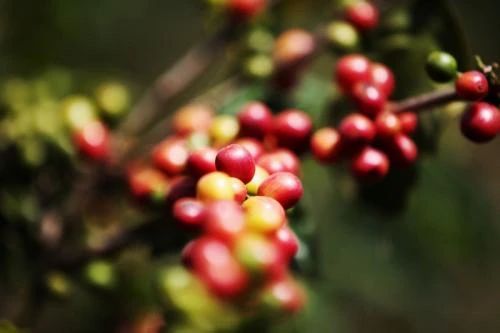
Indonesian Sumatra Kopi Luwak Kopi Luwak Fine Coffee
Among the many Kopi Luwak, the most expensive is wild raw beans in Indonesia, followed by the Philippines, and cheaper in Vietnam. There are also so-called "A" cat droppings. Coffee beans are excreted by hand-fed civets and may even be excreted by other animals. Wild musk cats live in nature and are free to choose beans. Because the cat has a sharp mouth and does not eat bad ones, and only chooses freshly ripe fruits rather than old ones, the coffee beans selected must be of the best quality and have no defects, and there is no such guarantee for feeding. The quality of the discharged beans varies. Coffee beans are judged by experts and international buyers on the aroma and concentration of the cup. it is difficult for ordinary consumers to tell the true quality of coffee from the appearance of the packaging.
In fact, its principle is also very simple, that is, the use of lactic acid bacteria and digestive juices in the digestive tract of animals instead of machine or water washing to remove pectin from the pulp and the surface of pods. These beans are excreted with the feces, and after washing, they are precious grains of fermented beans in the body. In addition to the civets, which are often heard of, there are also Phoenix-crowned pheasants, monkeys, elephants, and so on, but none of the latter have formed a scale, and only civets stand out.
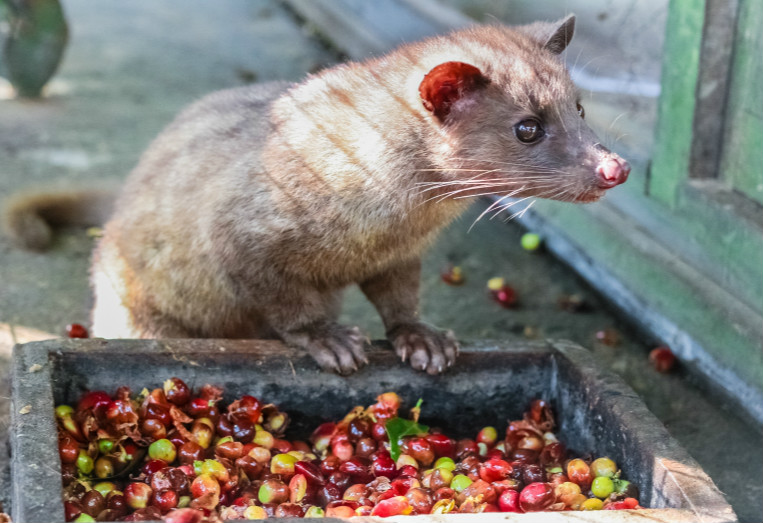
Musk cats mainly inhabit tropical rain forests in hills and mountains below 2100 meters above sea level, shrubs and grasses on the edge of subtropical evergreen broad-leaved forests, and choose caves, soil caves or tree caves as habitat sites.
Musk cats eat a variety of food, including small beasts, birds, amphibians and reptiles, crustaceans, insects, such as rodents, birds, snakes, frogs, fish, crabs, bird eggs, insects, earthworms and wild birds. Plant foods include the stems and leaves of Solanaceae, seeds of a variety of figs and cloth dregs, sour berries, etc., but civets have poor digestibility of plants, so eating berries is equivalent to their dessert, and their staple food is meat.
Because of their poor digestion of plants, they mainly live in broad-leaved forests, bushes and farming areas of South and Southeast Asia, and these areas are suitable for the growth of coffee trees. so most of the cranberries eaten by civets are coffee berries, while civets can digest only the skin and pulp of the berries, and the kernels in the berries, that is, coffee beans, will eventually be excreted from the body.
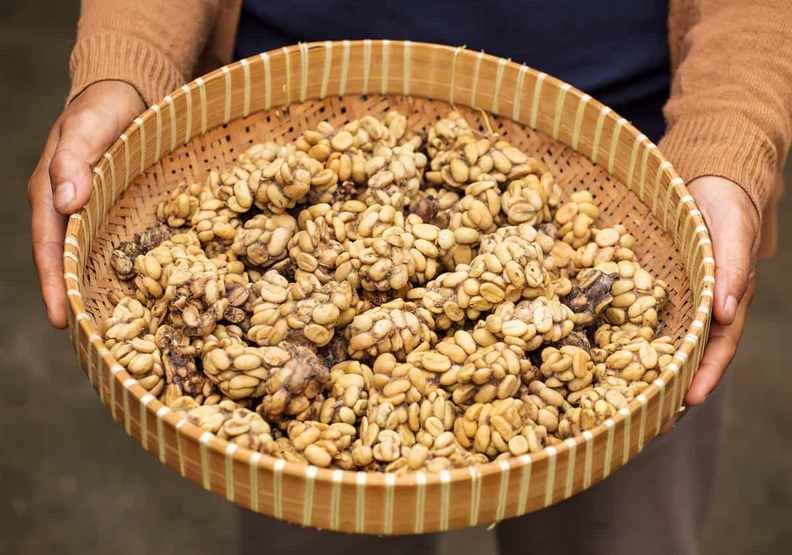
The varieties of these coffee beans are generally Robusta, because the civet activities are in the middle and low elevations, so most of the coffee varieties are Robusta. Kopi Luwak production is rare in Arabica at high altitudes. Indonesia's low-altitude robusta coffee originally has the taste of soil and traditional Chinese medicine, and its consistency is also high, so this civet coffee has the fishy flavor of aged beans almost close to syrup, and its flavor is very special. if you prefer the fishy smell of Indonesian aged beans or Indian-style soiled beans, you may fall in love with the flavor of civet coffee.
What does Qianjie Coffee think of Kopi Luwak?
In recent years, many people began to boycott Kopi Luwak because of cruelty. But the fact is, Kopi Luwak itself is not wrong, the original production of cat poop coffee beans, is just a very natural phenomenon. In the most natural environment, civets eat the most suitable food and coffee berries of their own choice. they are ripe fruits, fruits with high sugar content, and then discharge coffee beans that they cannot digest. This is the nature of animals. It's also a natural occurrence.
In the early days, local people picked up the droppings of wild civets in the forest, extracted undigested coffee seeds and processed them into raw beans. Due to its low yield, it has a unique way of fermentation in vivo. Later, many businessmen aimed at business opportunities and began to catch civets in captivity. Civets who were supposed to eat meat could only eat coffee berries. The nutrients in coffee berries do not keep civets healthy.
They believe that although coffee beans are not digested in the civet's digestive tract, strong corrosive digestive juices have corroded its surface, and there is a special protease in these digestive juices that breaks down the original protein chain of coffee beans. break down long-chain proteins into small particles to form short-chain peptides and amino acids.
But in fact, because they only eat coffee berries for a long time, civets may expel the coffee beans for an hour or two after they eat them, and the coffee beans in the civets' stomach for an hour or two are not enough to produce a series of changes mentioned above. Beans are still the same beans when they are eaten, and even if there is a change in flavor, it is a little change.
Qianjie Coffee can be said that there is nothing wrong with the formation of Kopi Luwak itself. The civet recognizes the ripe coffee fruit through its nose, and Ethiopia's red cherries are also harvested fully ripe coffee, both of which are similar. The people who have the problem are those who lock up the civets. Forcing them to eat only mature or immature coffee berries, just to increase the yield of Kopi Luwak, thus giving rise to these cruel things, is no longer part of the category of coffee we are talking about.
How to cook Kopi Luwak in Qianjie
■ producing area: Sumatra, Indonesia
■ variety: timtim tin card Katim
■ treatment: in vivo fermentation
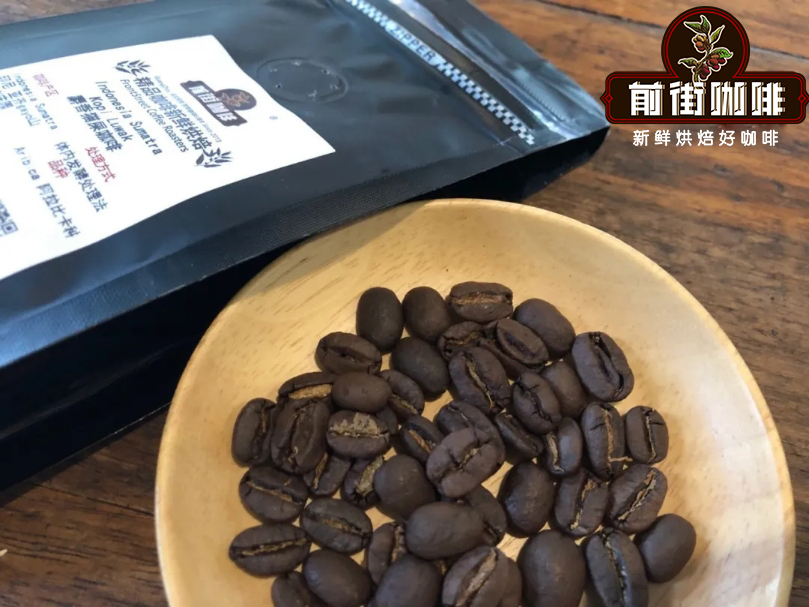
Qianjie coffee brewing parameters
Filter cup: KONO
Powder weight: 15g
Powder / water ratio: 1:15
Water temperature: 87 ℃
Degree of grinding: BG#6W
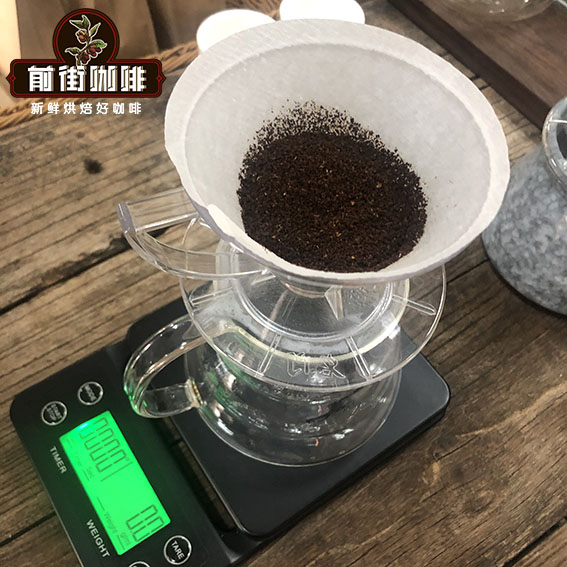
Qianjie flushing and cooking technique
Segmented extraction
Steam with 30 grams of water for 30 seconds, small flow circle injection to 125 grams, continue to inject water to 225 grams when the water level is about to be exposed, remove the filter cup when the water level is about to expose the powder bed, (time of steaming starts) extraction time is 2 minutes 39 percent 00 "
Kopi Luwak flavor description: herbs, nuts, dark chocolate, fermented taste.

For more boutique coffee beans, please add private Qianjie coffee on Wechat. WeChat account: kaixinguoguo0925
Important Notice :
前街咖啡 FrontStreet Coffee has moved to new addredd:
FrontStreet Coffee Address: 315,Donghua East Road,GuangZhou
Tel:020 38364473
- Prev
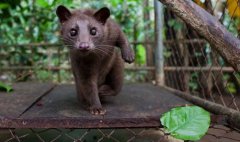
High quality and rare coffee treatment: in vivo fermentation of animals
Professional barista communication Please pay attention to the coffee workshop (Wechat official account cafe_style) Indonesia Sumatra Kopi Luwak Kopi Luwak boutique coffee when buying coffee beans, you can often see marked sun, washing or honey treatment, what does it mean? In fact, this represents the treatment of raw coffee beans. Different coffee producing areas, due to the influence of weather, climate, resources, etc.
- Next
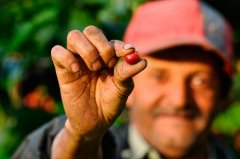
The oldest Yemeni mocha and other mocha flavors compare the various genres of Mocha
Yemen is the first country in the world to produce coffee on a large scale as a crop. Yemeni mocha coffee has distinctive taste characteristics, special taste and varied levels. It has a strong sour taste, a pleasant fruit acidity, and an obvious chocolate flavor. The stronger the coffee is, the easier it is to taste the chocolate. So, nowadays, in order to better understand
Related
- Detailed explanation of Jadeite planting Land in Panamanian Jadeite Manor introduction to the grading system of Jadeite competitive bidding, Red bid, Green bid and Rose Summer
- Story of Coffee planting in Brenka region of Costa Rica Stonehenge Manor anaerobic heavy honey treatment of flavor mouth
- What's on the barrel of Blue Mountain Coffee beans?
- Can American coffee also pull flowers? How to use hot American style to pull out a good-looking pattern?
- Can you make a cold extract with coffee beans? What is the right proportion for cold-extracted coffee formula?
- Indonesian PWN Gold Mandrine Coffee Origin Features Flavor How to Chong? Mandolin coffee is American.
- A brief introduction to the flavor characteristics of Brazilian yellow bourbon coffee beans
- What is the effect of different water quality on the flavor of cold-extracted coffee? What kind of water is best for brewing coffee?
- Why do you think of Rose Summer whenever you mention Panamanian coffee?
- Introduction to the characteristics of authentic blue mountain coffee bean producing areas? What is the CIB Coffee Authority in Jamaica?

